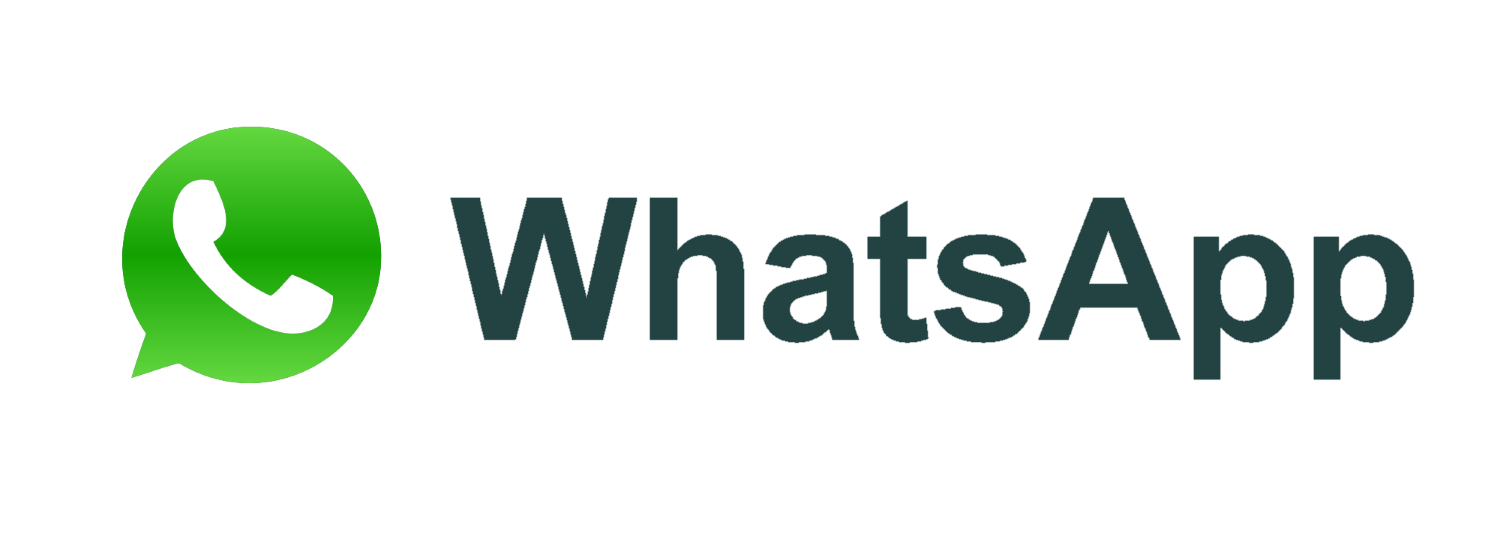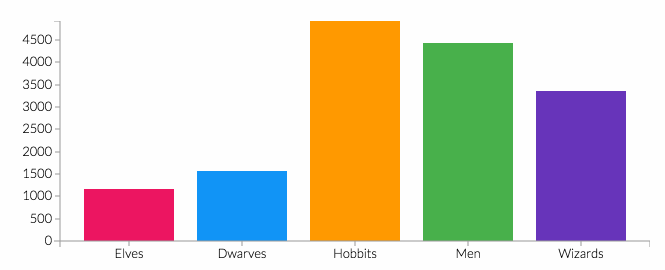PENGEMBANGAN KONTEN SIPEJAR MANAJEMEN LEMBAGA INFORMASI BERBASIS INKLUSI SOSIAL UNTUK MAHASISWA ILMU PERPUSTAKAAN
DOI:
 https://doi.org/10.32478/7e7v6942
https://doi.org/10.32478/7e7v6942
Keywords:
micro learning, management, libraryAbstract
Microlearning-based learning content is a form of innovation that needs to be carried out to answer current challenges. Microlearning is a method of creating learning content into small, focused parts with the help of information technology. The content is usually created in the form of explanatory videos, motion graphics and infographics. This research aims to develop SIPEJAR content based on microlearning for Information Institution Management courses based on social inclusion for library science students. The research method applied in this study uses an applied research approach with the aim of overcoming practical problems or producing new product innovations that can be implemented directly. The findings from this applied research have practical application, and one of the approaches is the research and development method. This approach is used to produce concrete solutions that can provide direct benefits for practitioners, and has the potential to present innovative products as a result of the exploration and development carried out. Research results. Evaluation results by experts show that the overall validity of the media reached a score of 84 with an average value of 3.84 from a maximum score of 88. With a percentage of 95.45%, this media is categorized as very high and is considered suitable as an effective learning tool. Material validation by validators also gave positive results, with a total score of 52, an average of 3.55, and a percentage of 86.67%, indicating the validity of the material elements in the learning product. Furthermore, the design validation results showed an overall score of 78, an average of 3.91, and a percentage 97.50% (very valid), indicating that the product design is considered very valid and suitable for use in the context of library management learning. Product trials on students also produced positive numbers, with a total of 86.8, an average of 3.48, and a percentage of 86.84%, indicating that the product is suitable for use in the learning process, making a positive contribution to students' understanding of library management. Overall, this research confirms that the evaluated learning products are of high quality and can be relied upon as effective learning tools in the context of library management.
Downloads
References
Birsyada, M. I., Gularso, D., Fairuzabadi, M., Baihaqi, M. K., Abdu, M., & Setiaji, A. W. (2022). Model Pembelajaran Sejarah Berbasis Museum.
Dewi, N., Murtinugraha, R. E., & Arthur, R. (2018). Pengembangan Media Pembelajaran Interaktif Pada Mata Kuliah Teori Dan Praktik Plambing Di Program Studi S1 PVKB UNJ. Jurnal Pensil : Pendidikan Teknik Sipil, 7(2), 95–104. https://doi.org/10.21009/PENSIL.7.2.6
Djusar, S., Fajrizal, & Asril, E. (2022). Pengembangan Konten dalam Meningkatkan Efektivitas Pembelajaran Daring di Madrasah Aliyah Negeri 4 Kota Pekanbaru. J-COSCIS : Journal of Computer Science Community Service, 2(1), 7–14. https://doi.org/10.31849/JCOSCIS.V2I1.7742
Hartono. (2015). Dasar-Dasar Manajemen Perpustakaan dari masa ke masa. UIN Maliki Press.
Hayyuningtyas, K., Husein Batubara, H., Walisongo Semarang, U., & Husein Batubara UIN Walisongo Semarang, H. (2021). Pengembangan Media Pembelajaran Interaktif Berbasis Powerpoint Dan Ispring Di Android Untuk Meningkatkan Efektifitas Pembelajaran Ipa Di Kelas 3 SD. MUBTADI: Jurnal Pendidikan Ibtidaiyah, 3(1), 61–69. https://doi.org/10.19105/MUBTADI.V3I1.4804
Inawati. (2022). Implementation Analysis Of Services Based On Social Inclusion In The Community Of The Republik Gubuk. Jurnal Diskursus Islam, 1(April), 156–166.
Kennan, M. A., & Lymn, J. (2019). Where is the I(nformation) in GLAM? Education, Knowledge and Skill Requirements of Professionals Working in GLAM Sector Institutions. Journal of the Australian Library and Information Association, 68(3), 236–253. https://doi.org/10.1080/24750158.2019.1613708
Mulyatiningsih, E., & Nuryanto, A. (2014). Riset Terapan Bidang Pendidikan dan teknik Endang Mulyatiningsing.
Nurul Swandari, & Abdurahman Jemani. (2023). Pengembangan Soft Skill Peserta Didik melalui Perpustakaan Berbasis Inklusi Sosial (Studi di Madrasah Tsanawiyah Negeri 3 Jombang). LITERASI: Jurnal Pendidikan Guru Indonesia, 2(2), 127–147. https://doi.org/10.58218/literasi.v2i2.632
Prasetya, W. D., & Utami, D. (2020). Penguatan Perpustakaan Untuk Pembangunan: Sebuah Konsep Transformasi Berbasiskan Inklusi Sosial. Jurnal IPI (Ikatan Pustakawan Indonesia), 5(2), 293–299. https://jurnal.ipi.web.id/jurnalipi/article/view/45
Yuni Pratiwi, K., . S., & Setiawan, B. (2020). Analisis Penerapan Konsep GLAM (Gallery, Library, Archives, Museum) di Perpustakaan Bung Karno Blitar. JPUA: Jurnal Perpustakaan Universitas Airlangga: Media Informasi Dan Komunikasi Kepustakawanan, 9(2), 53. https://doi.org/10.20473/jpua.v9i2.2019.53-62
Downloads
Published
Issue
Section
License
Copyright (c) 2024 Inawati Inawati, setiawan setiawan, Moh. Safii

This work is licensed under a Creative Commons Attribution-ShareAlike 4.0 International License.
Authors hold and retain copyright and grant the journal right of first publication with the work simultaneously licensed under a http://creativecommons.org/licenses/by-sa/4.0 that allows others to share the work with an acknowledgment of the work's authorship and initial publication in this journal.

This work is licensed under a Creative Commons Attribution-ShareAlike 4.0 International License.
How to Cite
Similar Articles
- setiawan setiawan, Lailatul Qodariyah, Pengembangan Manajemen Perpustakaan sebagai pusat informasi dan pendidikan di STAIMA Al-Hikam Malang , Evaluasi: Jurnal Manajemen Pendidikan Islam: Vol. 3 No. 2 (2019): EVALUASI-Edisi SEPTEMBER
- Zaedun Na'im, TINJAUAN TEORITIS MANAJEMEN MUTU PENDIDIKAN , Evaluasi: Jurnal Manajemen Pendidikan Islam: Vol. 8 No. 1 (2024): Evaluasi-Edisi Maret
- Rosidin, OPTIMALISASI MANAJEMEN WAKTU MAHASISWA DALAM PERSPEKTIF TAFSIR TARBAWI , Evaluasi: Jurnal Manajemen Pendidikan Islam: Vol. 8 No. 2 (2024): Evaluasi-Edisi September
- Fitratul Isma, Lailatul Munawwaroh, IMPLEMENTASI MANAJEMEN BERBASIS MADRASAH DALAM PENINGKATAN MUTU MADRASAH (STUDI KASUS DI MI MAARIF GONDOSULI MUNTILAN) , Evaluasi: Jurnal Manajemen Pendidikan Islam: Vol. 3 No. 1 (2019): EVALUASI-edisi MARET
- Zaedun Na'im, SEJARAH PERKEMBANGAN MANAJEMEN LEMBAGA PENDIDIKAN ISLAM , Evaluasi: Jurnal Manajemen Pendidikan Islam: Vol. 5 No. 1 (2021): EVALUASI-Edisi Maret
- Murniyanto Murniyanto, Siswanto Siswanto, MANAJEMEN SARANA PRASARANA MUTU PEMBELAJARAN DI SMK NEGERI 1 REJANG LEBONG , Evaluasi: Jurnal Manajemen Pendidikan Islam: Vol. 5 No. 1 (2021): EVALUASI-Edisi Maret
- Ismatul Izzah, ANALISIS MANIFESTASI IMPLEMENTASI SCHOOL BASED MANAGEMENT PADA PENGEMBANGAN PROJEK PENGUATAN PROFIL PELAJAR PANCASILA (P5) DI LEMBAGA PENDIDIKAN , Evaluasi: Jurnal Manajemen Pendidikan Islam: Vol. 8 No. 1 (2024): Evaluasi-Edisi Maret
- Alviyatul Qodri, Maskud Maskud, Faisol Nasar bin Madi, ANALISIS MANAJEMEN PENGELOLAAN KELAS DALAM MENINGKATKAN KEMAMPUAN KOMUNIKASI MULTILINGUAL DENGAN MODEL CONTEXTUAL TEACHING AND LEARNING , Evaluasi: Jurnal Manajemen Pendidikan Islam: Vol. 8 No. 1 (2024): Evaluasi-Edisi Maret
- Sa'adatun Niswah, Nur Asiyah, Nasikhin Nasikhin, Wahyudi Wahyudi, TECHNOLOGY-BASED EDUCATION MANAGEMENT IN SALAF ISLAMIC BOARDING SCHOOLS , Evaluasi: Jurnal Manajemen Pendidikan Islam: Vol. 8 No. 2 (2024): Evaluasi-Edisi September
- DWITRI STEPANILI, EVALUASI PENDIDIKAN PERSPEKTIF ISLAM (ANALISIS TAFSIR Q.S QAFF AYAT 17-18) , Evaluasi: Jurnal Manajemen Pendidikan Islam: Vol. 3 No. 2 (2019): EVALUASI-Edisi SEPTEMBER
You may also start an advanced similarity search for this article.
Most read articles by the same author(s)
- setiawan setiawan, Lailatul Qodariyah, Pengembangan Manajemen Perpustakaan sebagai pusat informasi dan pendidikan di STAIMA Al-Hikam Malang , Evaluasi: Jurnal Manajemen Pendidikan Islam: Vol. 3 No. 2 (2019): EVALUASI-Edisi SEPTEMBER













